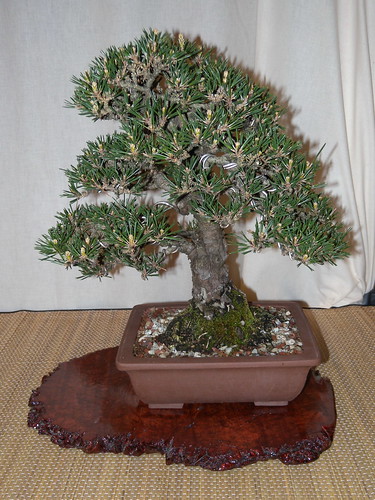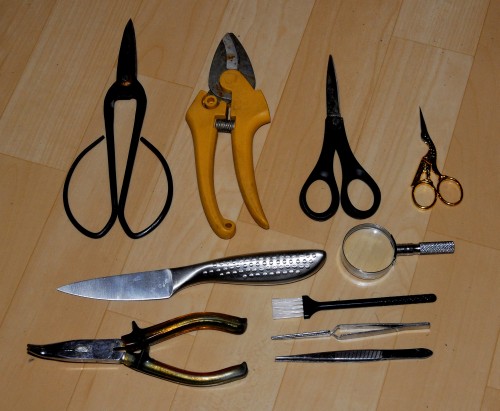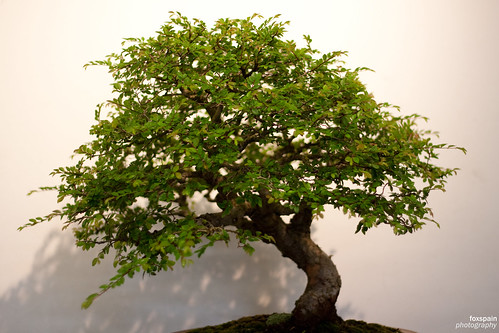How Can I Grow A Bonsai Tree

How Do I Care for My Bonsai
4 Easy Ways to Love and Care for Your Bonsai
1) New bonsai are started in the spring. This is the time for any pruning and training of last season's bonsai.
2) Cool nights, sunny days and mist (or rain) each day help them thrive in the summer. Place your Bonsai where they receive 3-5 hours of direct sunlight a day. Water the entire bonsai -- plant and soil -- daily.
3) Be sure to water the trees less frequently, in the fall season, to slow their growth for the approaching winter. Do not prune or cut branches after mid-August. To reduce winter die-back of flowering trees and maples, make a light application of 0-10-0 fertilizer.
4) Bonsai can only be left outdoors where the temperatures drop no lower than 28 F degrees -- so you may need a pit or coldframe, if necessary. Winter frosts will seldom bother bonsai that are sheltered under the foliage of a spreading tree.
Bonsai require daily watering during their growing season, and, because the plants are rooted in shallow pots, they need careful pruning. Bonsai are kept outdoors most of the year, but from time to time these miniaturized versions of nature are brought indoors for display.
Indoor Bonsai Concepts
American gardeners have taken bonsai concepts and have applied them to houseplants. You can combine traditional procedures for handling houseplants with bonsai concepts of design. Only certain tropical trees, shrubs, and vines can be continuously kept indoors full time.
Outdoor Bonsai Concept
These are plants that are suitable for traditional bonsai. This is not intended to be a complete list. Specialty nurseries often have a wide selection of dwarf and semi-dwarf varieties of many of these species. Dwarf plants, however, do not always convey the same impression as their full size counterparts Ix-cause their growth habit is quite different.
Show Off Your Bonsai
Your indoor bonsai needs to be placed on a raised stand in front of a plain wall. If you bring your outside bonsai inside for a short visit, place it on a raised stand too. Try placing a small Japanese folding screen behind the bonsai.
For your outdoor garden, display bonsai on simple shelf set on concrete blocks. Bonsai in large containers look better displayed alone. Place these on some kind of a stand too.
Where Can I Buy a Bonsai Tree?
Here is a Great Web Site
You can look at all the beautiful and graceful Bonsai trees and accessories and select the perfect Bonsai tree for your home or for that special person at Essential Bonsai




